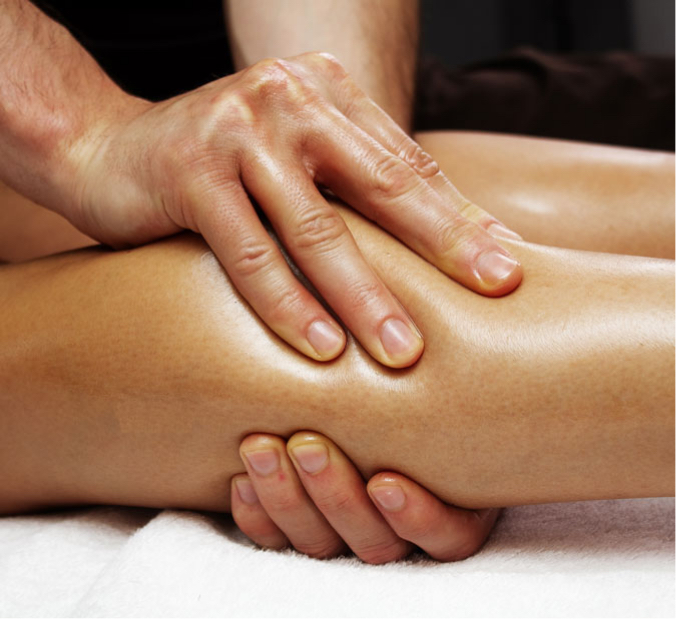
How can Lymphatic Drainage help you?
Post-operative care starts the moment the surgeon finishes your procedure. This involves taking care of the inflammation; taking any medication prescribed by your doctor; reducing excess of fluid to prevent seroma and fibrosis; and wound care to prevent infection. Our plastic surgery recovery & aftercare treatment specialises in helping with water retention, inflammation, fibrosis, seroma reduction and pain reduction.
Our Lymphatic Drainage
Methodology
Inflammation
We use Manual Lymphatic Drainage techniques to help guide the excess fluid to the lymph nodes. This helps reduce inflammation and pain. It is important to book your Post surgery aftercare sessions to help prevent seromas and fibrosis and to reduce the risk of infections.
Garment Advice
Having the correct garment for your specific surgery is very important. During your consultation, the therapist will check that your garment has the right fit, compression and support. Incorrect or badly fit can lead to seromas and fibrosis. also can affect the final results.
Fibrosis
To minimise the uneven build-up of connective tissue, we recommend that you book your post surgery aftercare sessions as soon as you can. This might require the combination of Manual Lymphatic Drainage, cavitation, radiofrequency, ultrasound and more. See our post about Fibrosis
Shape
Part of your plastic surgery recovery & aftercare includes helping you maintain your desired shape. This is why it is important to start with the right aftercare programme, follow your surgeons advice and maintain a healthy lifestyle.
POST PLASTIC SURGERY
Packages
FIRST SESSION
Initial Consultation
45 minutes
£98
BEST-SELLING
Package of 10
Package of 10 (45 minutes)
£830
MOST POPULAR
Package of 5
Package of 5 (45 minutes)
£440
Surgery
Aftercare

Liposuction
Book your plastic surgery recovery & aftercare 24hours after your liposuction for better results. It is important that you wear the right garment for your surgery as much as you can. We recommend 5 sessions to start with and to book the session daily.
Tummy Tuck
Tummy tucks have a high tendency to develop seromas, make sure you wear the right compression garment and use of a post surgery board underneath to help you maintain the correct posture . Book your post surgery recovery session 24hours after your Tummy tuck and follow the recommendation by your surgeon and therapist.
BBL
Make sure you do not sit directly on your bum! This is particularly important for maintaining your desired shape and to prevent damaging the fat transferred. Always bring your BBL cushion and wear your specialised BBL garment. Book your post surgery recovery session 24 hours after your BBL and follow the recommendation by your surgeon and therapist. We also help look after the liposuctioned area.
Breast augmentation/ reduction
Make sure you wear the prescribed garment and book your post surgery recovery session 24hours after your surgery. This will help with the inflammation and back pain.
Rhynoplasty
Book your post surgery recovery session 24hours after your procedure to help with the excess of fluid and bruises
Gynecomasty
Make sure you wear the prescribed garment and book your plastic surgery recovery & aftercare session 24hours after your surgery. This will help with the inflammation and back pain.

Skin Tightening
Book your post surgery recovery session 24hours after your procedure to help with the excess of fluid and bruises.
Subscribe!
Sign-up to our Tips and Tricks. Get our latest promotions!
People Say, People Ask
F.A.Q. (frecuently asked questions)
Should I have a Lymphatic Drainage Massage after cosmetic surgery?
Yes, you should. Lymph massage makes the healing process faster, helps to avoid fibrosis, improves skin smoothness, prevents lumps, stimulates blood flow and drains excess fluids reducing swelling.
How many sessions of Lymphatic Drainage do I need?
It depends on the cosmetic surgery, how many areas you have treated and how well your body responds. On average, it can take between 5- 10 sessions. If you need help with conturing you will need additional sessions.
When can I come for my Lymphatic Drainage after surgery?
We recommend start the drainage 24/36 hour after the surgery. The earlier you can start, the easier to remove excess fluid and release pain.
What is fibrosis?
After any type of surgery, the skin can build up adhesions and scars as part of the healing process. However, the body can abnormally increase the production Fibroblast (a main connective tissue cell present in the body) in the form of bands which connect two or more tissues causing hardness under the skin.
Your wound heals in stages. The healing process starts the instant your surgeon makes the incision. The acute stages of coagulation and inflammation can take minutes or days, whereas the proliferative and remodelling stages can take days, weeks or even more. Although various cell types are involved in fibrosis, it’s the fibroblast, the main character when we talk about wound remodelling and collagen deposition. Fibroblast plays an important role in creating and remodelling this extracellular tissue and in some cases, this excess fibrous tissue can be painful or disturb your body functions.
In other words, fibrosis is a set of imperfections that you can observe after liposuction and are described as painful hard lumps under your skin where liposuction has been done. It can also appear as large pores, tissue discoloration and uneven areas.
What are the symptoms of fibrosis?
Fibrosis post-op is characterised by:
- Feeling of a radiating pain, in some cases it could be constant or get worse in some postures.
- Thick and hard skin added to your scar tissue
- Uneven skin
- Local pain around the incision
- Numbness or loss of light touch sensation
- Pulling sensation on the area as you try to move or stretch










